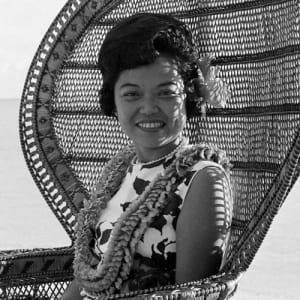May is Asian American Pacific Islander Heritage
May is AAPI Heritage Month and the Diversity and Inclusivity group would like to Highlight a few people from the AAPI community whose contributions impacted all the generations that followed.
Patsy Mink grew up in Hawaii and experienced racial and gender discrimination throughout her life. In 1964, she won election to the U.S. House of Representatives and she used her position in government to create legislation aimed at eliminating barriers for the generations that followed her.
Mink was born Patsy Matsu Takemoto in Paia, Maui, Hawaii Territory, on December 6, 1927, to Suematsu Takemoto and Mitama Tateyama Takemoto. Both sets of her grandparents had left Japan to work on sugar plantations in Hawaii, making Mink a third-generation Japanese American.. In 1944, Mink graduated from Maui High School. She was both class president and valedictorian. She pursued undergraduate studies at Wilson College, the University of Nebraska — where she protested racial discrimination in student housing — and the University of Hawaii, which granted her a bachelor's in zoology and chemistry in 1948.
In 1953 she became the first Japanese American admitted to the Hawaii bar; she was also the first woman to be licensed as an attorney in Hawaii. In 1956, Mink was elected to Hawaii's territorial House of Representatives. Two years later, she won election to the territorial senate. After Hawaii became a state in 1959, Mink unsuccessfully ran for Congress. She then won a seat in the Hawaii state senate in 1962. In 1964, Mink was elected to the U.S. House of Representatives. She achieved this despite receiving no local party support, a recurring obstacle in her career. When she was sworn in she became the first Asian American woman, the first woman of color, and the second woman from Hawaii to serve in Congress. Read more HERE


